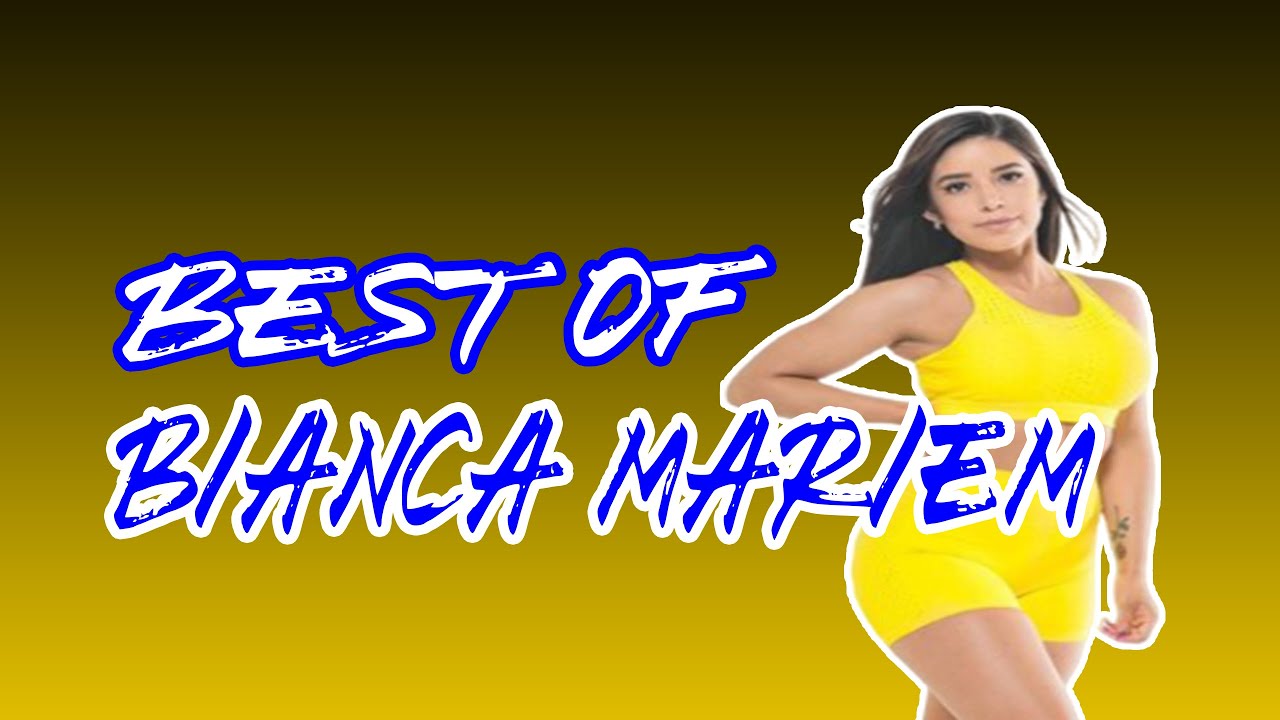Alright, let’s talk about this ‘Bianca Mariem’ thing. You might have heard the name floating around, maybe in some of those webinars or articles that promise to revolutionize, well, everything. I remember when I first stumbled across it. Sounded quite impressive, very artistic, almost poetic. And you know how it is, there’s always someone in the teamミーティング saying, “We should be more like Bianca Mariem!”

So, naturally, being the hands-on guy I am, I thought, “Okay, let’s actually give this Bianca Mariem a real shot.” We had a small internal initiative that needed a fresh approach, and it seemed like the perfect test bed. The initial pitch for Bianca Mariem, from what I could gather, was all about fluidity, intuitive processes, and a kind of organic structuring. Sounds great on paper, doesn’t it? Almost too good to be true.
My Dive into the Bianca Mariem Method
First thing I did was try to find some solid guidelines, some concrete steps. And that’s where the trouble began. It was like trying to grab smoke. Lots of philosophical talk, grand ideas, but when it came to “how do I actually do this on a Tuesday morning?” – crickets. I spent days, no joke, sifting through articles and supposed case studies. Most of them just repeated the same buzzwords.
We tried to apply what we understood of its core tenets. They were something like:
- Embrace ambiguity.
- Foster holistic connections.
- Prioritize aesthetic harmony over rigid logic.
Now, “embrace ambiguity” sounds enlightened, but when you’re trying to define project scope or set clear deliverables, it’s a bit of a nightmare, honestly. We found ourselves having longer meetings that went in circles because everyone was trying to be ‘fluid’ and ‘non-restrictive’.

I remember one particular session where we were trying to map out a workflow using the ‘Bianca Mariem’ approach. Instead of clear boxes and arrows, we were encouraged to use metaphors and color coding to represent ‘energy flows’. It looked pretty on the whiteboard, I’ll give it that. But was it practical? Not so much. My team, bless their hearts, they tried. But I could see the confusion in their eyes. We were spending more time deciphering the method than actually doing the work.
The actual implementation phase was even trickier. When you tell a developer to build something based on ‘aesthetic harmony’ without clear specs, you get, well, interesting results. Some were beautiful but barely functional. Others were functional but totally missed the ‘Bianca Mariem essence’, whatever that was supposed to be.
So, What’s the Verdict on Bianca Mariem?
After a few weeks of genuine effort, we had to pull back. We salvaged some interesting discussions and maybe a slightly different way of looking at initial brainstorming, but the grand, sweeping changes promised by the Bianca Mariem philosophy? They just didn’t materialize for us in a practical, sustainable way. It felt like one of those diets that sounds amazing but you can’t actually live on it.
Look, I’m not saying ‘Bianca Mariem’ is complete nonsense. Maybe it works for certain types of creative endeavors, or for individuals who thrive in that kind of very abstract environment. But for a team that needs to deliver tangible results on a schedule? It felt like adding an unnecessary layer of complexity. We ended up going back to more straightforward methods, albeit with a few new perspectives gleaned from the experiment.
It’s a familiar story, isn’t it? A new, shiny concept comes along, gets a lot of hype, and everyone feels pressured to adopt it. Sometimes they’re game-changers. Other times, they’re just a distraction. For me, Bianca Mariem leaned more towards the latter. My advice? Always test these things on a small scale before you bet the farm. And don’t be afraid to say, “This isn’t working for us,” even if everyone else is singing its praises. Practical experience, that’s what counts in the end.
